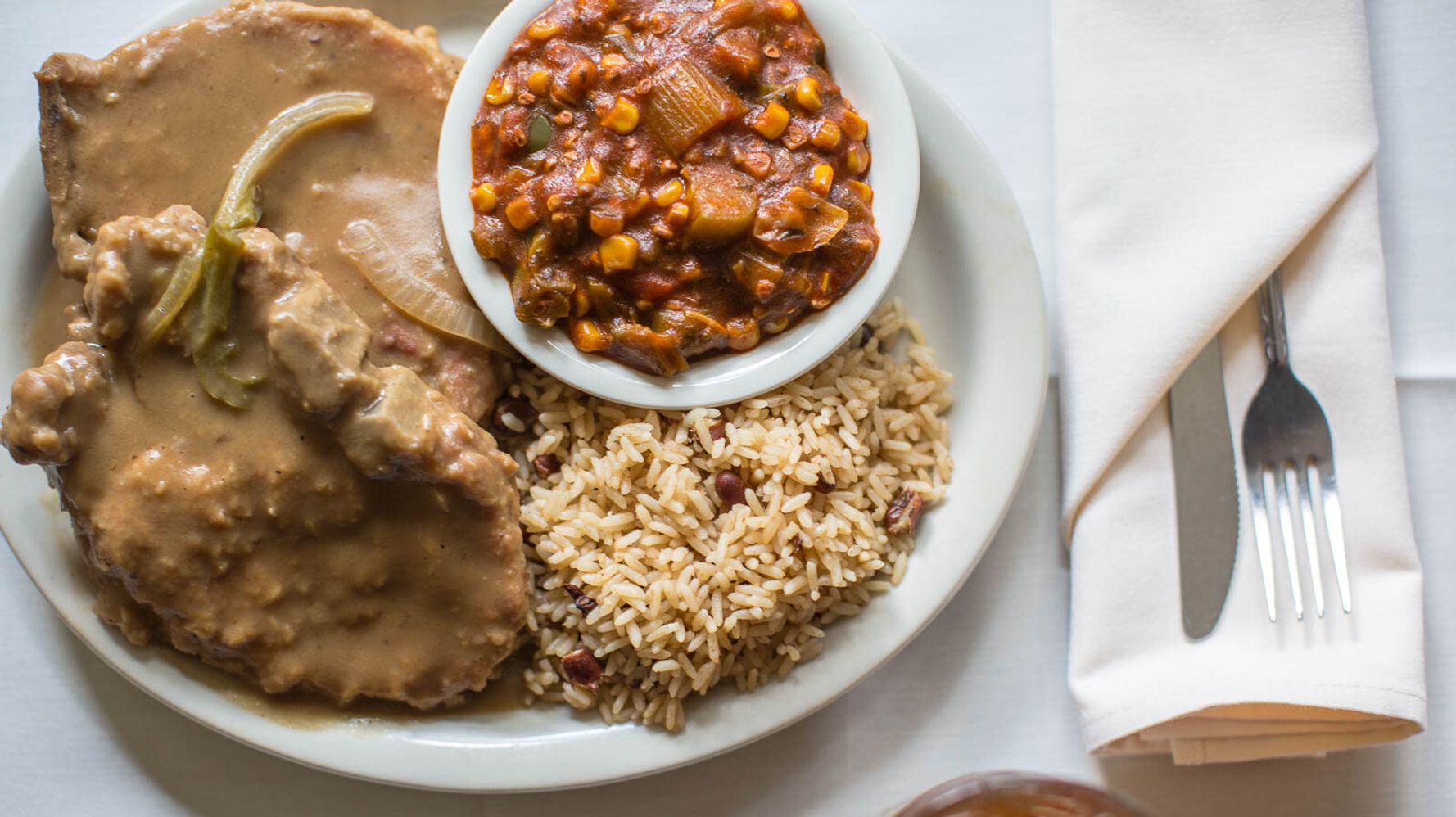[ad_1]
History remembers 1912 as the year that saw the sinking of the RMS Titanic, the election of Woodrow Wilson as the 28th U.S. president and the establishment of Arizona’s statehood.
But for a small town in southeast Texas, 1912 was the year an entrepreneur named Jack Patillo Sr. opened Patillo’s Bar-B-Q, a Beaumont, Texas, institution that is both the state’s oldest family barbecue business and oldest Black-owned restaurant.
Patillo’s is in an elite club of independently owned American restaurants that have reached their centennial, a feat considering various reports and studies have found that restaurants have, at best, a five-year lifespan. But for establishments that have remained owned and operated by Black restaurateurs, the rare accomplishment is a testament to resilience, particularly during tumultuous and violent moments in American history.
Now owned by Robert Patillo, Patillo’s Bar-B-Q has been in its current location since the 1950s, a time when the restaurant was required to serve ribs, chicken and handmade beef links to Black and white customers in separate dining rooms in order to remain open. The restaurant managed to weather the brutality of segregation and has been a local fixture for the people of Beaumont for generations. The commitment to making everything by hand has helped Patillo’s attract national attention in recent years, but current manager and pitmaster Quincy Akers believes the emphasis on service has helped the restaurant retain a devoted clientele for more than a century.
“Be polite with people. Acknowledge everybody. Make sure orders are right and quick so people don’t have to wait,” Akers told HuffPost. He has since become second-in-command since joining the BBQ joint in 2007, and Akers hopes to one day own the historical landmark, though he vows to keep the restaurant as-is should it fall under his tutelage. “I’d leave everything the same. I’d follow the lead that Robert Patillo led by. He explains the reasons behind why he does things the way he does.”
Between the days of Jim Crow laws through the end of the civil rights movement, Black Americans, with limited options when it came to where to work, live, shop, study, receive medical care and eat, had no choice but to open their own businesses across services and industries to ensure their livelihood.
“The fact that any business is still around considering most businesses fail after five years, and the fact that they were Black-owned, is just incredible,” said Candacy Taylor, a historian and author of “Overground Railroad: The Green Book & Roots of Black Travel in America.” The book provides an in-depth look into select businesses featured in “The Negro Motorist Green Book,” a publication that aided Black Americans in finding businesses they could patronize while traveling throughout the country under the oppressive weight of Jim Crow segregation laws. “The Green Book” was published from 1936 to 1967 by Harlem native Victor Green, and provided a list of businesses ranging from restaurants and hotels to mechanics, barbershops and gas stations that were either owned by or welcoming of African Americans. Taylor traveled nearly 5,000 miles throughout the U.S. and cataloged sites for seven years to amass the largest known database of businesses that were featured in “The Green Book.”
The Four Way Restaurant
One of the few prominent Black-owned restaurants featured in “The Green Book” that remains open today is The Four Way Restaurant in Memphis, Tennessee. A favorite restaurant of Martin Luther King Jr., The Four Way was opened in 1946 in a neighborhood now called Soulsville. In 2000, the Bates family, longtime customers of The Four Way, purchased the building that housed the restaurant.
Throughout its history, The Four Way has welcomed everyone from civil rights leaders Jesse Jackson and Al Sharpton to musicians B.B. King, Isaac Hayes, Elvis Presley and Aretha Franklin. Due to its proximity to Metropolitan Baptist Church and Stax Records, both places where people of all races intermingled, The Four Way was essential to integration during the civil rights movement.
“It was segregated back in those days, but The Four Way was one of the first integrated restaurants in Memphis,” owner Patrice Bates-Thompson told HuffPost.
The importance of restaurants like The Four Way in serving as a neutral ground for social and political progress is something Fred Opie, a professor of history at Babson College and author of “Southern Food and Civil Rights: Feeding the Revolution,” believes is often missing from discourse around African American restaurants and cuisine.
“If you mention the civil rights movement and mention Dooky Chase in New Orleans to Paschal’s in Atlanta to The Big Apple Inn in Jackson, Mississippi, these were all places where civil rights leaders met and organized their movements,” Opie said.
Sylvia’s
Sylvia Woods was a mother of three and wife in her 30s when, on a suggestion from her boss, she decided to open her own soul food restaurant in the heart of Harlem. Born in South Carolina, Woods grew up on her mother’s farm and always exhibited an entrepreneurial spirit. Having relocated to Harlem for a better life, Woods worked at Johnson’s Luncheonette for years before owner Andrew Johnson offered to sell Woods the restaurant if she asked her mother to take a loan out on the family farm to purchase it.

“My grandmother took the deed to a wealthy family in Hemingway, South Carolina—where we’re from—and though it was less than the asking price, Mr. Johnson took the money. On Aug. 1, 1962, Sylvia’s Restaurant was born,” said Tren’ness Woods-Black, the granddaughter of Sylvia and vice president of communications for Sylvia’s Restaurant. Woods’ total investment at the time was less than $20,000.
Woods debuted the menu with “Sylvia’s World Famous, Talked About, Bar-B-Q Ribs,” a signature dish that is still among the most popular items. Word about Sylvia’s had spread amongst Black communities early on, but a positive 1979 review of the restaurant by Gael Greene in New York Magazine brought the restaurant global attention.
“We became mainstream. It gave an entrée to the rest of the world that there was a gem in Harlem worth taking a trip, but for African Americans, Sylvia’s was synonymous with Harlem. It was buzzing from the beginning,” Woods-Black said.
Media attention alone is rarely enough to sustain a restaurant, and while Sylvia’s had become a beloved destination for everyone from Spike Lee to Nelson Mandela, Woods insisted that everyone, regardless of political affiliation, religion or personal belief, felt welcome in her restaurant. Long before Woods died in 2012, the Woods family was also able to foresee that a restaurant alone would not be enough to build a lasting legacy.
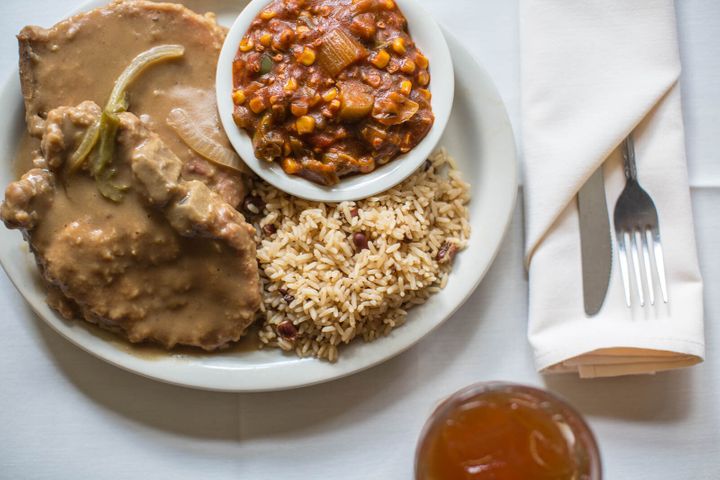
“One of the most impressive things about Sylvia’s is how her children have taken over and continued the business and create multiple streams of revenue,” Opie said of the empire created by the Woods family, which now includes a food product line complete with sauces, seasonings, mixes, and canned foods. According to Woods-Black, Sylvia’s is “the largest family-owned southern product line in existence,” and the Woods family owns 100% of the business. In rapidly gentrifying Harlem, where a 1,000 square foot restaurant half a mile from Sylvia’s can command nearly $5,000 a month, the Woods family has avoided being priced out because they own their space, and they have ensured that future generations are cared for due to the family’s do-not-sell clause.
“We own all of our property. In New York City, to own most of the block except the church on the corner, is quite the accomplishment as a family. We will always maintain ownership of our property and of our flagship. It started off with 35 seats and now we can accommodate 400 people,” Woods-Black said.
Ben’s Chili Bowl
Opening a restaurant today is an extremely costly business venture that rarely generates a significant return, but in the past, restaurants have been essential for Black Americans seeking to build community and economic independence. The possibility of financial independence is what inspired Virginia Ali and her late husband Ben to open Ben’s Chili Bowl on U Street in Washington, D.C.
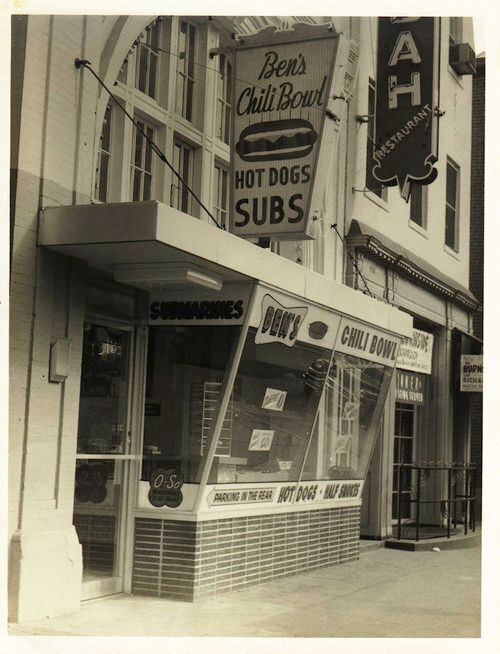
Soon after tying the knot in the late 1950s, the couple agreed that self-employment was the best way for them to be able to create a life for themselves. Ben had worked in restaurants in the past, and they wanted to add something else to the burger stands in the neighborhood since segregated D.C. provided few options for African Americans outside of U Street.
“We found the architect, the contractor, plumber, the electrician and the cabinet maker, all African American-owned businesses, right here in the neighborhood. We were their customers for the duration of their careers,” Virginia told HuffPost. The couple invested $5,000 into their restaurant and went with chili, hot dogs and hamburgers because they were quick to make and hearty. The Original Chili Smoke has been on the menu since the restaurant open in 1958 and remains a favorite.
The neighborhood took to the concept immediately, so much so that during the riots that broke out in 1968 following the assassination of MLK Jr., Ben’s Chili Bowl was one of the few businesses to survive.
“When the riots occurred in 1968, the uprising was rough,” Virginia said. “Sadness turned to frustration and frustration turned to anger and the uprising began.”
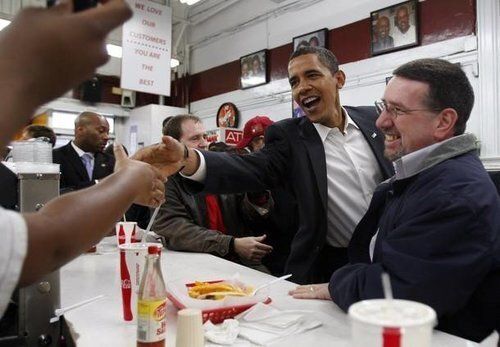
The riots lasted three nights, and despite a curfew, Ben’s Chili Bowl was the only place allowed to remain open. When it was all over, many of the businesses that were affected did not return. The end of redlining and segregation saw many middle class Black Americans that had once filled the neighborhood relocate, and though the drug epidemic of the 1980s, continuously escalating property taxes and the widespread gentrification of D.C. have had an impact on the business, with the help of her children, Virginia has been able to keep Ben Chili’s Bowl alive. At 86, Virginia still goes to the restaurant to greet customers most days, and she remains appreciative of the people who have supported Ben’s Chili Bowl since its infancy.
“It’s hard work, but to be able to do this in your community year after year is always challenging. When you can endure and do it successfully, it says to people, ‘If you enjoy what you’re doing, stick with it,’” she said.
The legacy these restaurateurs hope to leave goes far deeper that what’s on the menu. The Ben’s Chili Bowl Foundation was established in 2010 and raises money in support of D.C.-area nonprofits, while the Sylvia and Herbert Woods Scholarship Foundation has awarded $475,000 in college scholarships to students from Harlem. Sylvia’s also encourages Harlemites who have previously been incarcerated and are looking to turn their lives around to apply for jobs at the restaurant in an effort to lower local recidivism rates. As Woods-Black explained, “My grandmother would see you for who you were. I think that’s why she got a lot of respect and why the community loved and supported her for so many years.”
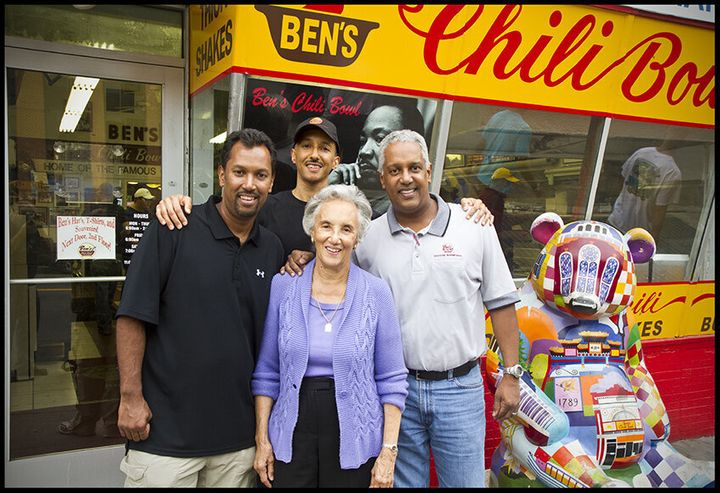
For The Four Way’s part, Bates-Thompson would like to formalize the mentoring she currently does with the restaurant’s two dozen staff members via a non-profit component of the business. She’s also excited that her two children are eager to get in on the family business. Her daughter JoElle Thompson, a biology major at Hampton University interested in public health, sees her family’s work with The Four Way not just as a contribution to the neighborhood where she grew up, but to Black identity in America.
“I like learning about history and my city. I want to use my strengths and passion to make sure that story never dies and the story is never untold,” Thompson said. “The Four Way is perfect for understanding what it means to be Black in Memphis and what it means to be Black in America.”
[ad_2]
Source link

